I remember the first time I played The Lord of the Rings: Shadow of Mordor vividly. An elf possessed by the spirit of Celebrimbor, who’s probably in the top three most epic elves Tolkien ever wrote (Glorfindel and Fingolfin are ahead of him, and Feanor is fighting hard for the bronze medal)? Yes please. Assassin’s Creed-style parkour in Mordor? Heck yes. The pitch was immediately compelling and the Nemesis system pulled you in deep quickly.
Shadow of Mordor is an incredibly fun game. From aerial executions to teleporting spirit arrows, the game plays fast and loose with the Lord of the Rings lore in order to make it feel fun. But the story of the game is threadbare and the interpretations of Tolkien’s work are the most egregious I’ve seen since I read John Boorman’s rejected LotR script.
Between Shadow of Mordor and its sequel, Shadow of War, we saw numerous canon-breaking characters and stories. Helm Hammerhand is a Nazgul now? Celebrimbor steals the Ring off Sauron’s finger and raises an army against him? Stupid, sexy Shelob? Ironically, the made-up and procedurally generated Orc captains are more lore-abiding than the characters that Tolkien wrote. They actually existed in Mordor at this time, and the Nemesis system humanises them with grudges and emotions in a way that I think Tolkien would be proud of.
But how does this relate to Dragon Age? The Veilguard feels similar to me. It feels like a fun game with a Dragon Age skin that doesn’t really understand the stories it’s adapting. Let me explain.
I’ll start with the good. I’m enjoying The Veilguard. The best part is the movement, which feels fluid and fast. It’s not quite the open-ended freedom of Shadow of Mordor’s parkour, but it feels good enough. A gentle rumble as you mantle an obstacle is all you need to make a smooth animation feel like a real interaction with your environment, but it’s amazing how few games get it right.
I like the combat, too. I’m playing a mage focused on stacking stagger debuffs and necrotic damage, and it feels like an interesting evolution of the Dragon Age 2 formula. It’s very action-based and not very tactical; I basically button mash my way through most encounters while using the occasional ability when my mana allows.
I haven’t properly devoured the skill tree yet, but I’ve found some nice combos that I’m enjoying. The addition of primers and detonations makes even the strongest opponents explode in an impressive display of combat prowess. Fights are visually impressive and hitting combos feels great.
The opening of the game is far more engaging than that of Dragon Age: Inquisition, although I still think it could use some Origins spice.
Exploration is great, too. While some missions are quite linear, that’s a refreshing change from Inquisition’s bloated open world sections. And the cities are great. I’d love to see more of Minrathous’ upper echelons rather than just the slums, but exploring them through webways of passages, ladders, and ziplines is great fun. They’re not on the level of the likes of Novigrad or Dunwall – there’s not enough interaction for that – but they’re intricately designed, meticulously mapped, and wonderfully bustling with people who feel like they actually belong.
All this makes for a game that I enjoy playing. But then I get to the Dragon Age bits. The characters, the story, the dialogue, the choices. And none of this is up to par with The Veilguard’s predecessors.
I’ve already complained enough about the accents and vocal performances from NPCs and companions alike so I won’t retread old ground. But voices can be utilised as an important part of worldbuilding and The Veilguard’s ignorance of that makes clans feel disjointed and places seem filled with people who don’t belong together.
The dialogue itself isn’t up to Dragon Age’s usual standards, either. I’m one of the people who thinks it’s too ‘quippy’ and modern, and the constant lore dumps at the beginning of the game were incredibly grating. Even Varric’s exposition between missions feels condescending and infantilising. Yes, I can understand the subtext of how my companion feels about their deeply personal quest, thank you very much, Mr. Tethras.
Then there’s the cameos. Morrigan was the highlight of my Inquisition playthrough, her character arc felt like it had come full circle and I loved seeing how parenthood had shaped her. Compare that to The Veilguard, where she just arrives, dumps a bunch of lore on you, and then disappears again. I’m sure she’ll appear again, and hopefully will be more reminiscent of the character we’ve grown to love rather than a pointless cameo. Varric and Solas feel more similar to their previous characters, but both have been sidelined for the new story, which is a little disappointing.
The poor dialogue, the two-dimensional characters, this is Shadow of Mordor all over again. The Veilguard has put a Dragon Age skin on a fun game, but it fundamentally misunderstands what makes Dragon Age games good. I’ll hold out hope that The Veilguard’s Dragon Ageness improves over the course of the game – I’m still only a few dozen hours in – but until then, I’ll enjoy the vaguely Dragon Age-shaped ride.
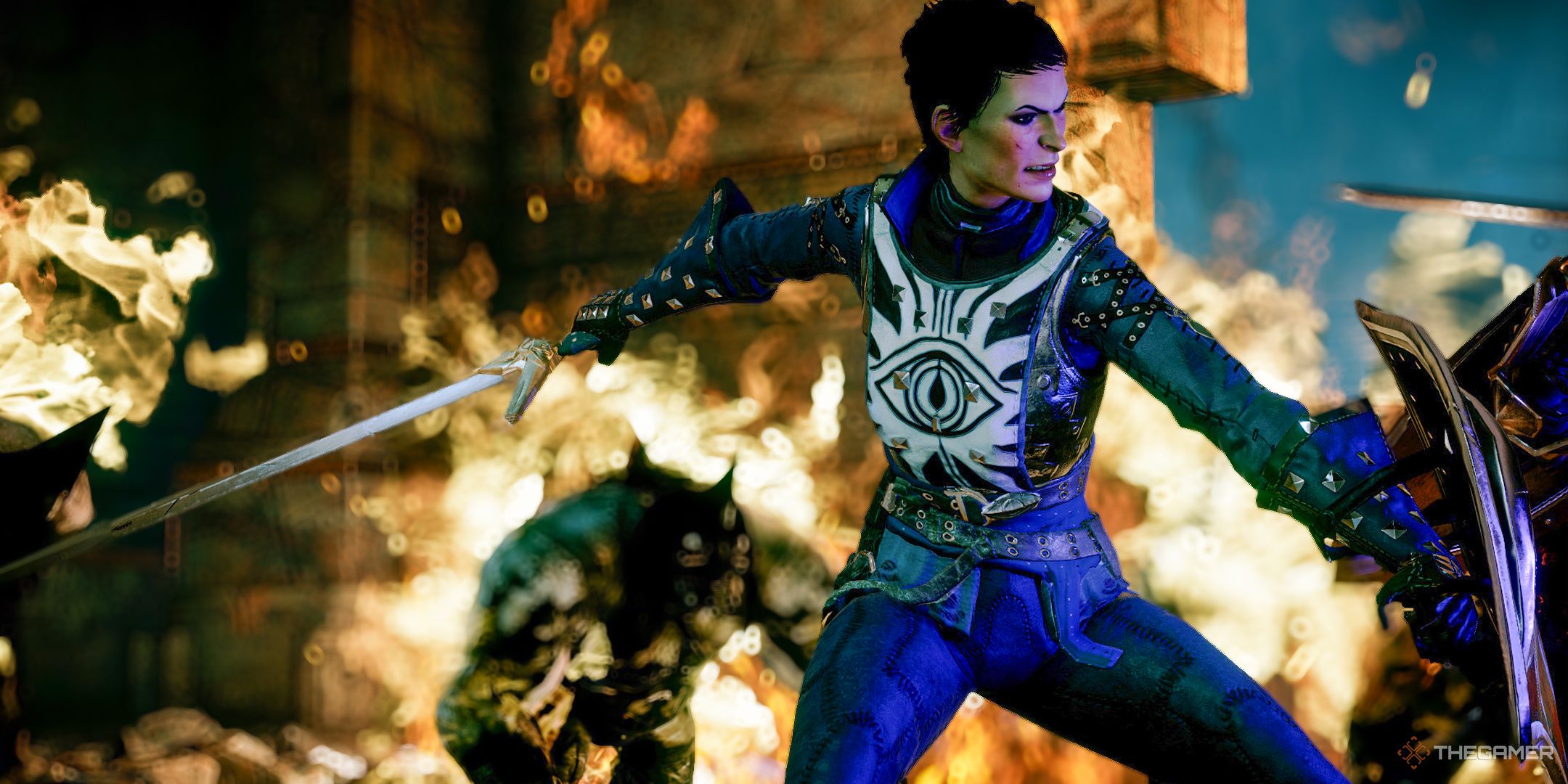
Next
Dragon Age: The Veilguard Lets You Know What Your Inquisition Romance Is Up To
A declaration of love, a marriage proposal, and a comfortable vulnerability. Make sure you read these letters from Inky’s partner.
Source link
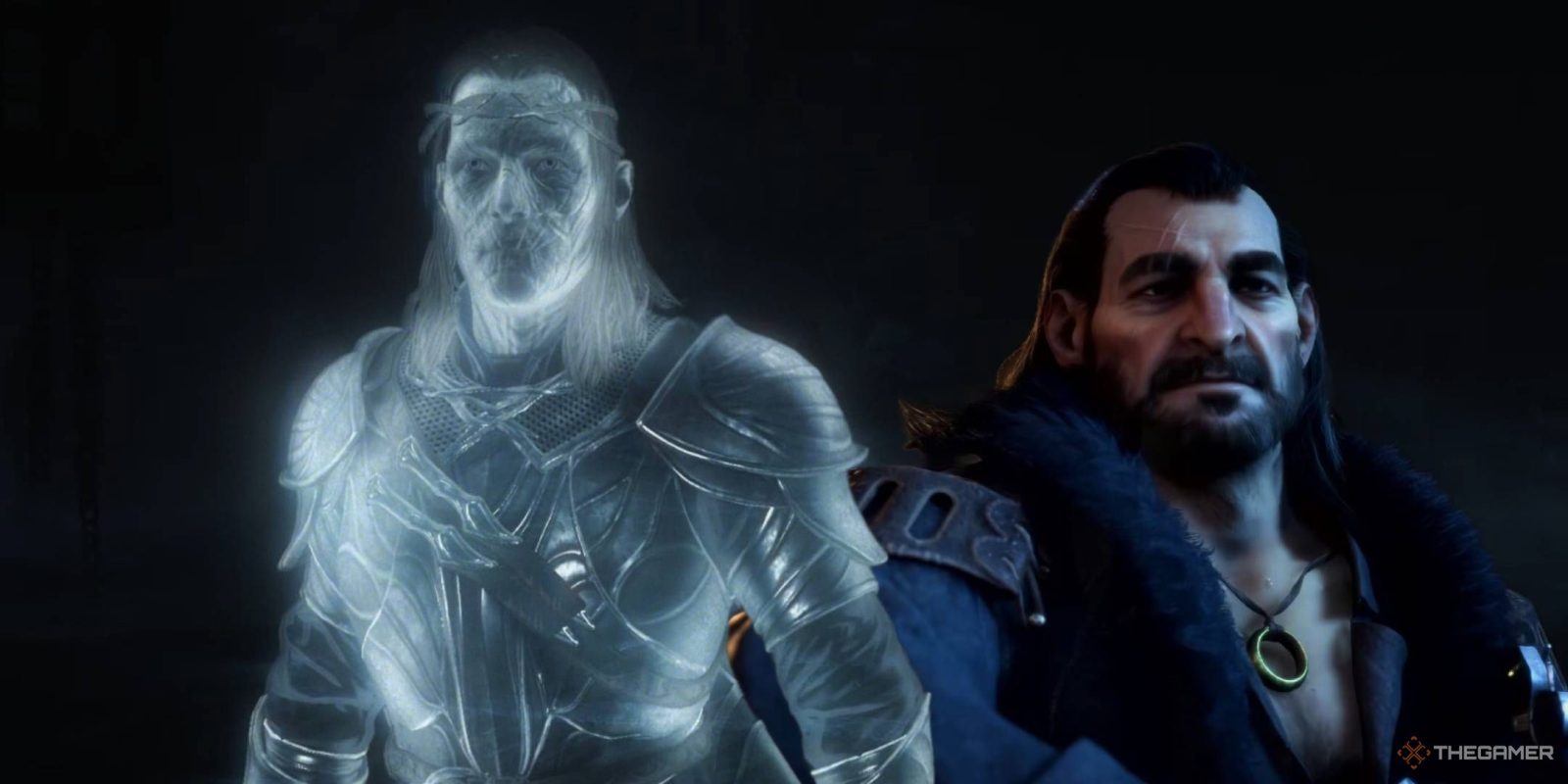

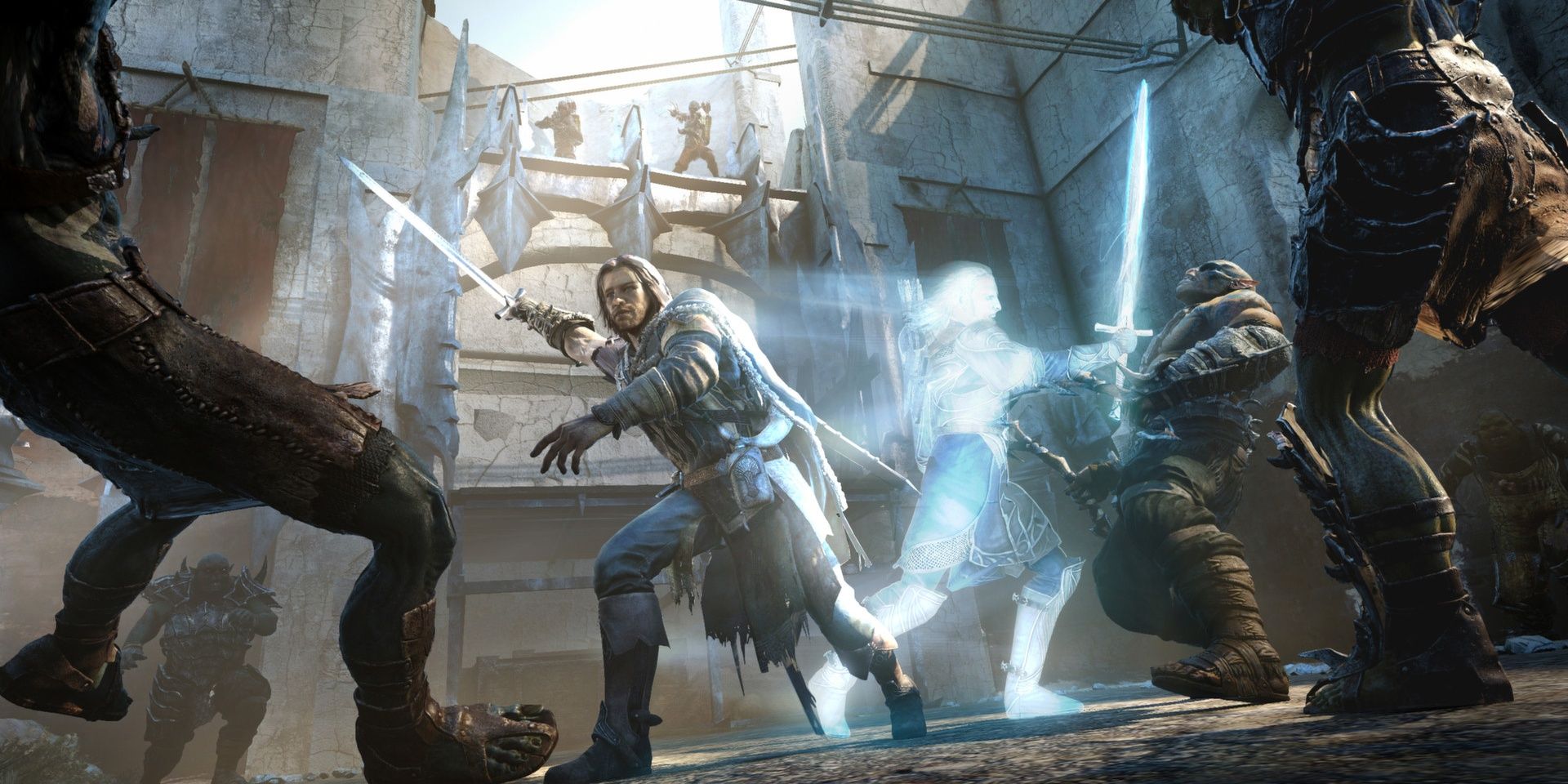
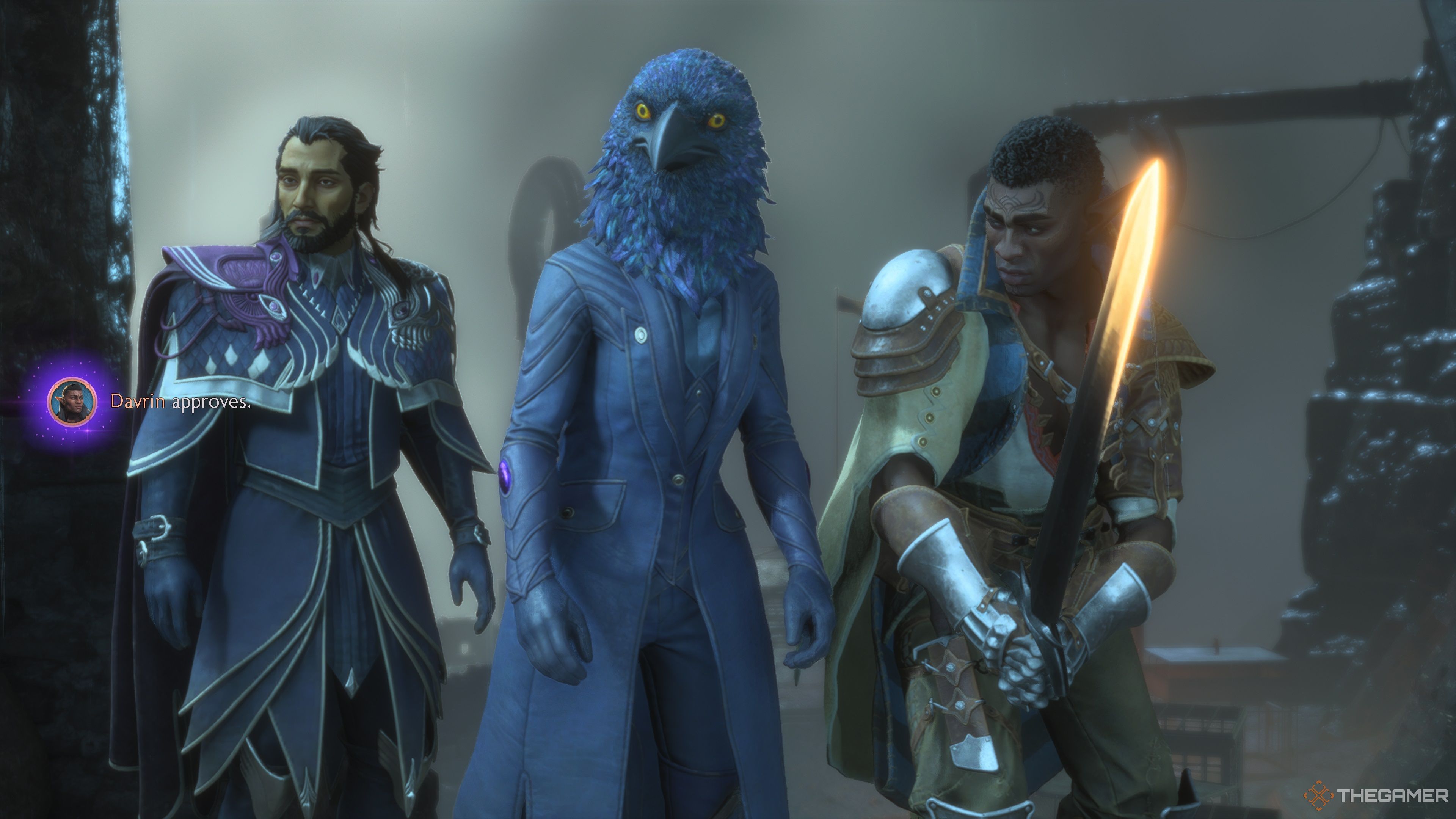
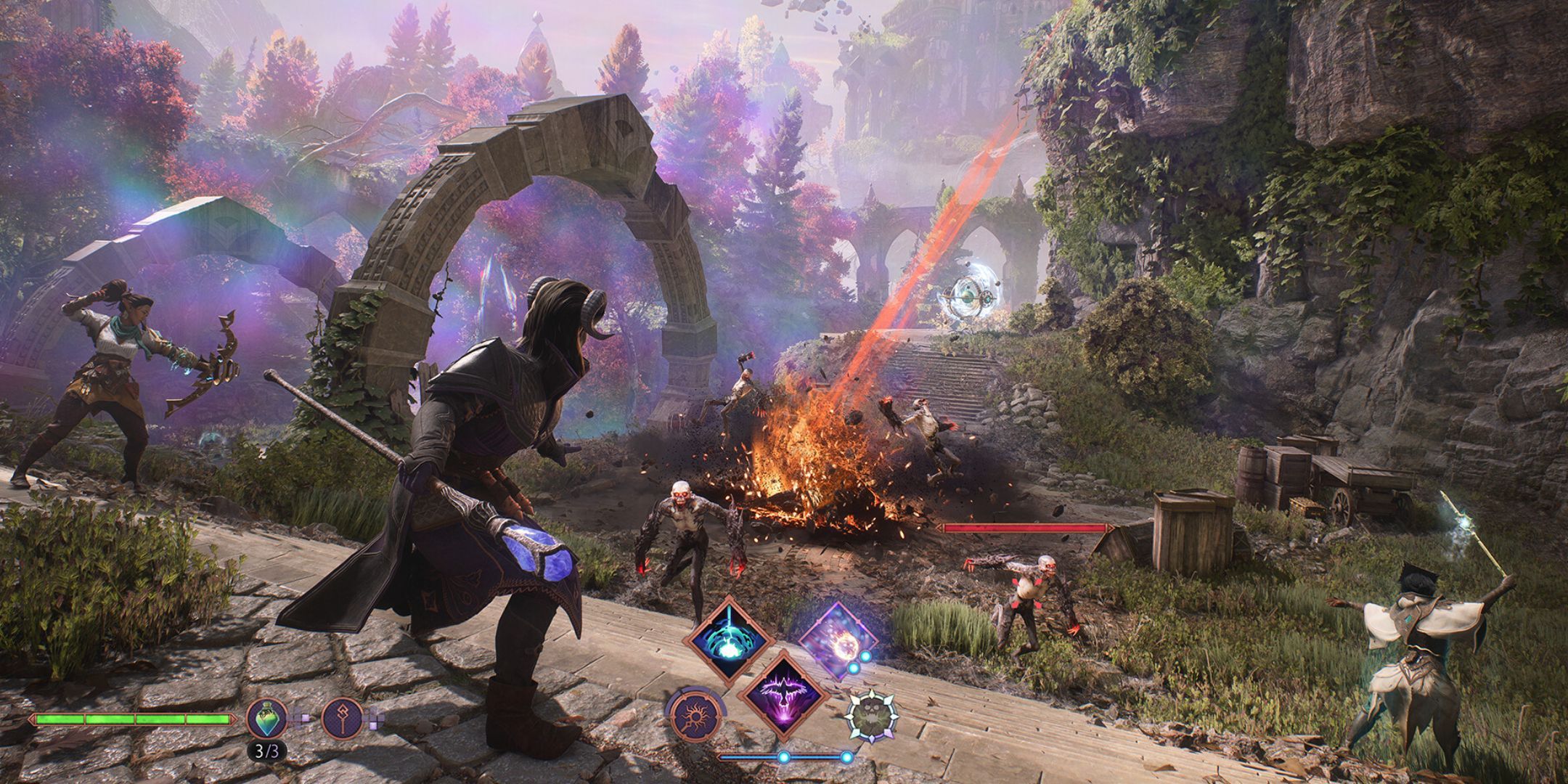
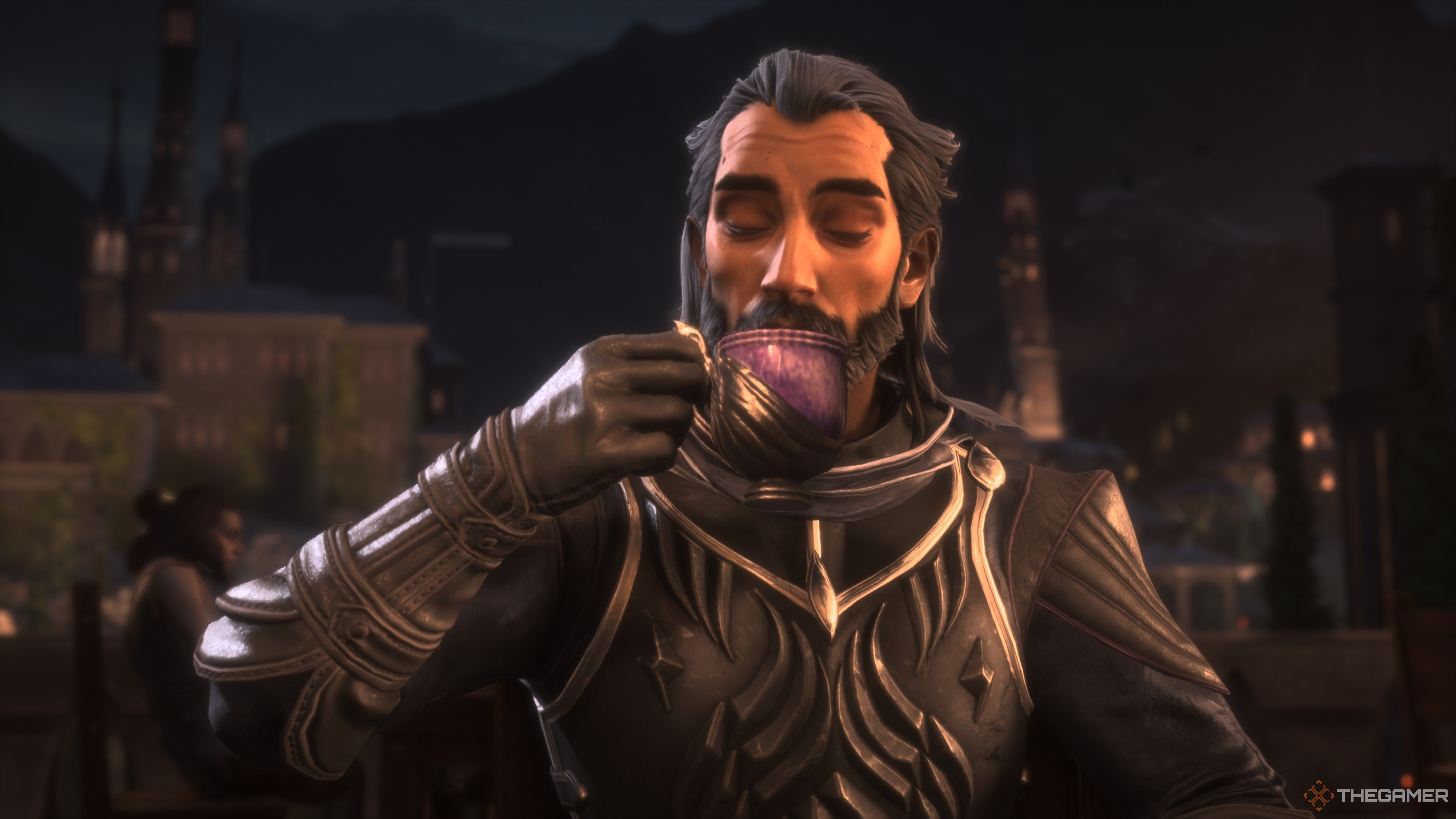








Leave a Reply